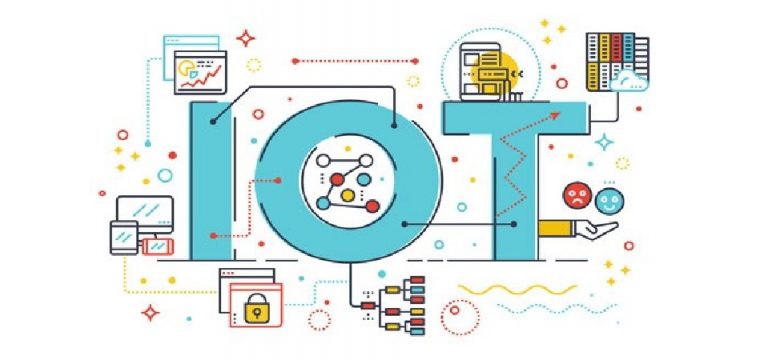
There has been a lot of hype and projections on IoT (Internet of Things) within the technology space; we have seen several forecasts and market models predicting the revenue generation from these technologies. It’s even been estimated that there would be around 20.4 billion connected devices or more (depending on your source) which would no doubt surpass the world’s population. And, this presents a good market opportunity for telcos.
The complexity of these technologies presents a conundrum to telcos exploring areas of revenue generation from IoT. In order to address their concerns, I highlight the IoT value stack below and discuss the potential in terms of revenue generation. Each value stack represents a market.
Device >> Connectivity >> Gateway >> Data >> Integration >> Applications
Register for Tekedia Mini-MBA edition 17 (June 9 – Sept 6, 2025) today for early bird discounts. Do annual for access to Blucera.com.
Tekedia AI in Business Masterclass opens registrations.
Join Tekedia Capital Syndicate and co-invest in great global startups.
Register to become a better CEO or Director with Tekedia CEO & Director Program.
The value increases as you ascend the value chain.
Device: e.g. fridge, sensor. This value stack is all about the design and development of devices. This is a competitive market and price/performance of devices are the differentiator between manufacturers. E.g. depending on functionalities/price, I can choose to either buy a fridge from LG or Bosch.
For device Manufacturers, IoT presents an opportunity to add services to their products (PaaS) and gives them the opportunity to gain revenue throughout the life cycle of their product rather than the conventional one-off payment e.g. adding Connectivity to a fridge allows the fridge to order for groceries when desired by the consumer; this allows the manufacturer of the fridge to make additional revenue every time a purchase is made. The data may also inform the manufacturer of the need for servicing or maintenance before the fridge breaks down perhaps due to an electrical fault.
Connectivity: Here, the remote device e.g. fridge is connected to a communication network. This layer is very competitive and is one of the least economic. Telcos can make use of their existing network to provide the required connectivity (Narrow Band IoT). However, they face stiff competition from other free connectivity options like Low Power Wide Area Network (LP WAN). Telcos have the edge over other communication offerings where quality of service and reliability are important. For global companies, global and seamless connectivity is a key requirement towards deploying IoT within their network; the de-centralised operation of telcos in different markets with local regulations thus presents a challenge.
Gateway: Like a wireless router (can be hardware or software), it collects, analyses and transmits the data from the remote device.
Data: Data from the remote device e.g. fridge is stored, analysed and managed here.
Integration: This is the layer with the highest economic value. It is the point at which the value of the collected data is realized. Here, the data collected is linked with an external application. e.g. the data from the fridge orders for egg from the grocery website.
The Gateway, data and Integration layers represent the server. The vendors here are Microsoft, Amazon and IBM all competing for the market. Differentiation here is solely based on the quality of service and price offered. Data Interoperability is a key issue here, to allow for a seamless operation between data from different vendors.
Platform: Could be software or hardware, it connects everything within the IoT value stack. As IoT represent a novel area to some companies, offering a platform would be beneficial to these companies; hence, platform represents an area of revenue for telcos.
For telcos seeking to find business opportunities within IoT, the key would be to start with their area of strength (connectivity), seek collaboration with partners in other layers of the stack and gradually look into investment within the other areas of the value stack which presents high economic value.



